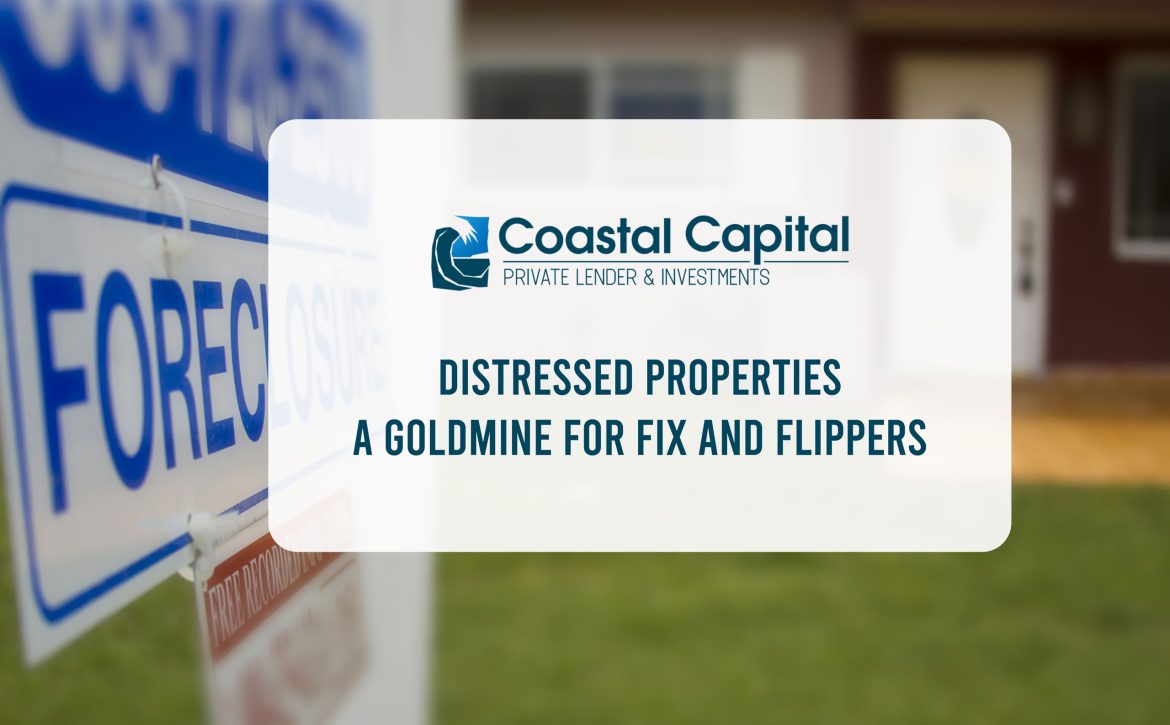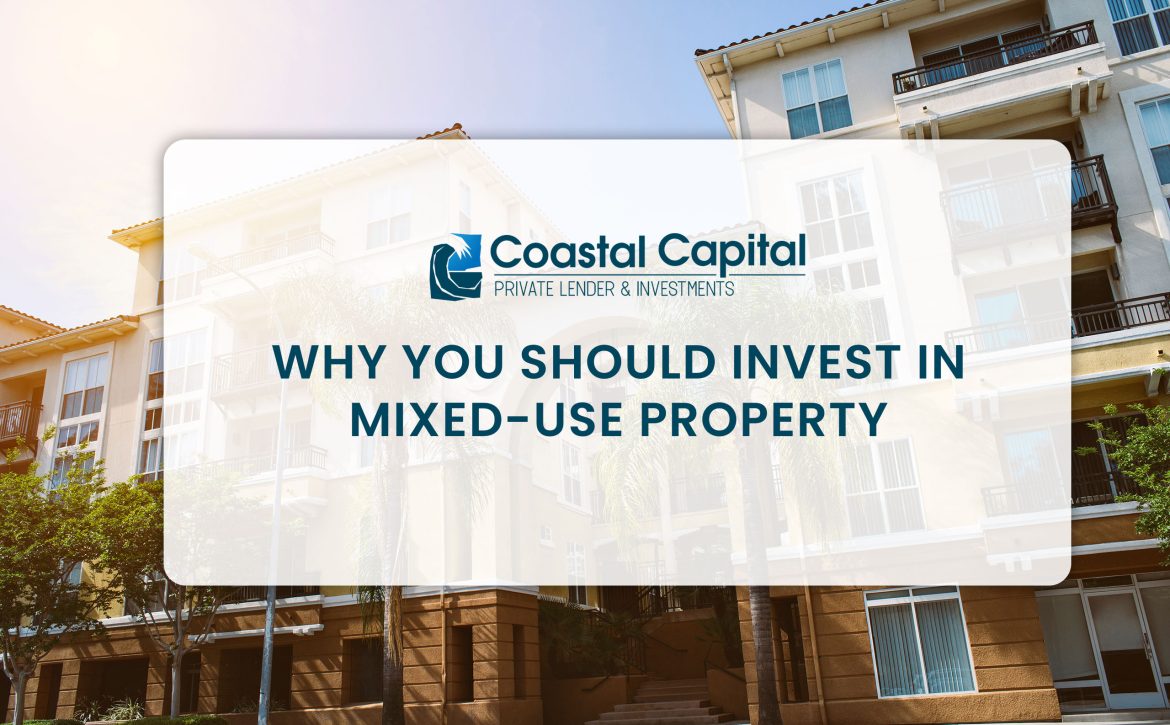Unveiling Hidden Treasures: The Investor’s Guide to Secondary and Tertiary Real Estate Markets
Have you ever serendipitously discovered a charming café tucked away in an unexpected corner and wondered, “How have I never heard of this place?” In the realm of real estate, similar hidden treasures exist in the form of secondary and tertiary markets. These markets, akin to undiscovered cafes, hold unique opportunities for investors. Let’s delve into this fascinating world:
Primary Markets: Major urban centers like Dallas, Los Angeles, and Chicago dominate these spaces. Secondary Markets: Cities such as Austin, Nashville, and Portland, which are on the rise. Tertiary Markets: Lesser-known yet promising areas like Bend, Oregon, or Macon, Georgia.
Considering investments in fix-and-flip projects or rental properties in these relatively obscure regions? Let’s examine the benefits and challenges.
Advantages of Investing in Secondary and Tertiary Markets:
- Cost-Effective Entry: These markets typically haven’t undergone the rapid urbanization and commercialization of primary cities. This lack of hype keeps property prices more affordable, allowing investors to make strategic investments without the financial burden associated with prime markets.
- Reduced Competition: Unlike the highly sought-after primary markets, secondary and tertiary markets fly under the radar. This means less competition, offering investors time to thoroughly evaluate properties and make more informed decisions.
- Potential for Strong Returns: The relatively untapped nature of these markets suggests significant growth potential. Investors can benefit from both immediate returns and long-term property appreciation as these areas develop.
- Stable Growth: Influenced more by local factors than global trends, secondary and tertiary markets often experience more predictable, steady growth. This stability is appealing for investors seeking sustainable returns.
Challenges in These Markets:
- Intensive Research Required: The lack of extensive data in these markets necessitates more hands-on research. Engaging with local realtors and community members can provide deeper insights into the market.
- Gradual Appreciation: Growth in these markets might be slower compared to primary markets. However, this steady pace allows investors to adapt their strategies over time.
- Networking Efforts: With fewer real estate events, investors may need to take the initiative in building networks through local meetups or online forums.
- Market Sensitivity: Local economic shifts can significantly impact these markets, making it crucial for investors to stay informed and adaptable.
Diving In: Research Tips for New Investments
- Local Expertise: Collaborate with local real estate agents or brokers for insights into the market dynamics.
- Community Engagement: Participate in local online forums and social media groups to stay informed about local developments.
- On-Site Visits: Explore the neighborhoods in person to gauge community spirit and local demand.
- Assess Local Amenities: Look for signs of community growth like new schools or recreational facilities, which can enhance property values.
- Stay Informed: Continuously update your knowledge about the local market to keep pace with changes.
For fix-and-flip projects, understanding local architectural preferences is key. For rental properties, it’s crucial to know the target tenant demographics, whether they’re families, young professionals, or retirees.
Conclusion
Navigating secondary and tertiary markets involves embracing their unique challenges and opportunities. The key is thorough knowledge, careful planning, and a reliable financial partner. In the evolving landscape of real estate investing, staying informed and flexible is crucial.
So, whether you’re making a major dive or a cautious foray into these markets, remember: every market has its distinct narrative. Happy investing, and may you discover your next great opportunity!








